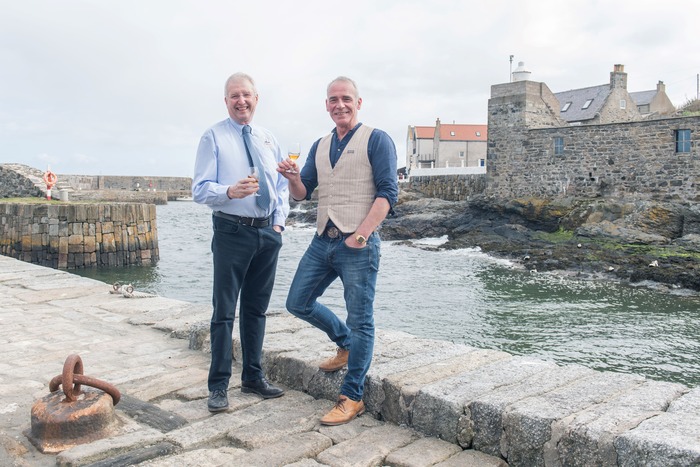Following the UK government’s recent announcement to provide £10million of funding For SaxaVord, the UK’s first space port, another key milestone has been achieved in the evolution of the Scottish space industry. Hyimpluse, one of two German companies contracted to launch from SaxaVord has been granted its first flight license by the UK CAA.
This license relates to the flight of Hyimpulse’s sounding rocket. Consecutive launches of the sounding rocket are planned later this year from the SaxaVord space port in Shetland. This will be the largest hybrid rocket ever launched vertically from the UK.
National Manufacturing Institute Scotland (NMIS) has played a key role in helping Hyimpulse meet the rigorous requirements of the licensing process
During the testing phase, HyImpulse worked with NMIS to develop a methodology to capture detailed dimensional measurement data to check the engine’s safety and performance before and after a series of trial horizontal tests on land at Scatsta Airport. The data collected was verified against existing virtual simulations.
Konstantin Tomilin, chief operating officer, HyImpulse said: “With the latest round of testing, we are another step closer to launching the rocket, and the support from NMIS has been instrumental in getting us to this point.
“The hybrid system provides a more cost-effective and efficient way to launch payloads into space and will be a game changer in getting small satellites into orbit. Our propulsion system is poised to push the boundaries of hybrid rocket technology and we look forward to seeing the impact this new technology will have on the industry as a whole.”
As well as the challenges of testing in a remote island location, the size of HyImpluse’s five-metre engine made it impossible for conventional metrology scanners to be used for these critical tests. Instead, NMIS’s experts developed a methodology using handheld, high-accuracy 3D scanners, and combined this with advanced analysis tools to complete the checks.
Over two weeks, 20 sets of internal and external measurements from several sections of the hybrid engine were taken, as well as one scan of the whole rocket. NMIS also provided training and software to support HyImpulse with interpreting complex data and analysing the scan results.
Hybrid rocket engines use a combination of both liquid and solid propellants. Therefore, they offer the simplicity and safety of solid rockets combined with the controllability of liquid rockets. This makes them easier to handle and store, and they have fewer parts than traditional engines. Hybrid rockets also use non-toxic fuels with lower emissions, making them more sustainable.
Joshua Walker, R&D engineer at NMIS, said: “The emerging space sector presents a big opportunity for manufacturing in Scotland, where space companies and startups can maximise the skills and experience, we already have, and manufacturers can branch out into a new market. In this case, it was the specialised equipment and expertise that NMIS was able to offer HyImpulse that has enabled them to take another step closer to getting into space.
“It’s been fantastic to work with HyImpulse, and we look forward to seeing the rocket launched into space as SaxaVord nears completion.”
Since SaxaVord became the first UK space port to be licensed it has become clear that significant marketing efforts have been ongoing that are now transposing into firm commitments for the Scottish space port. Speaking to France’s Air&Cosmos magazine, Robin Huber, Director for International Development based out of the company’s Munich office, said that although SaxaVord is restricted to thirty launches per annum under the terms of its planning approval, this is equivalent to the capacity available out of Florida USA. He noted that the Unst site has several competitive advantages over other UK and European sites, none of which have been licensed. Herr Huber said the “location offers the best payload carrying capacity from Europe for missions to the sun-synchronous orbit, without having to fly over populations”. This is seen as being highly desirable from an operations and commercial perspective and bodes well for the future of the site and the UK space industry.





